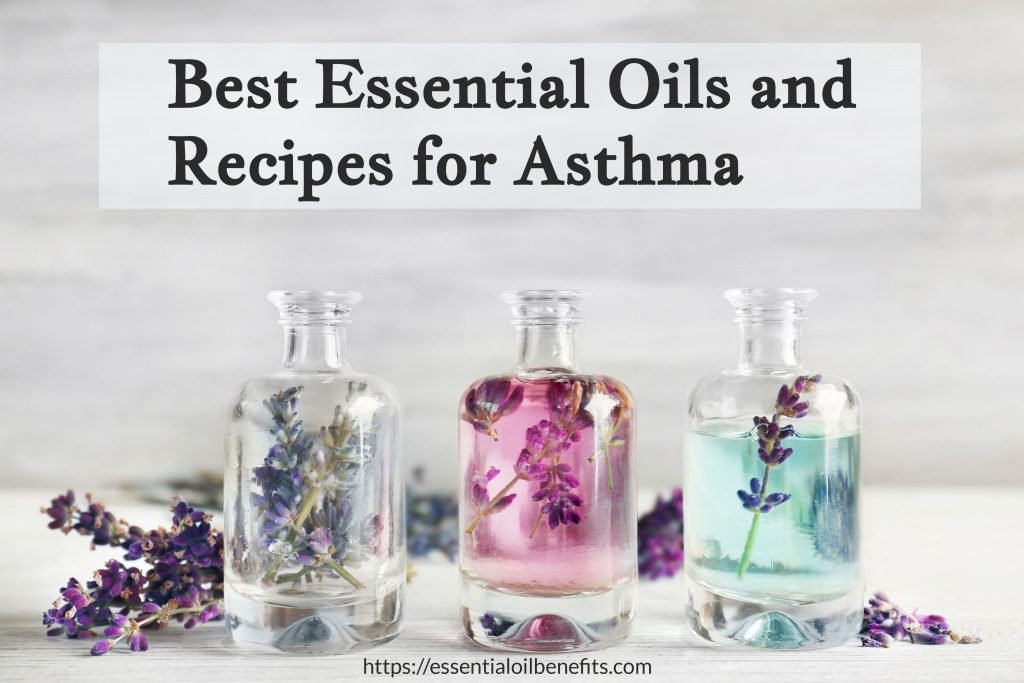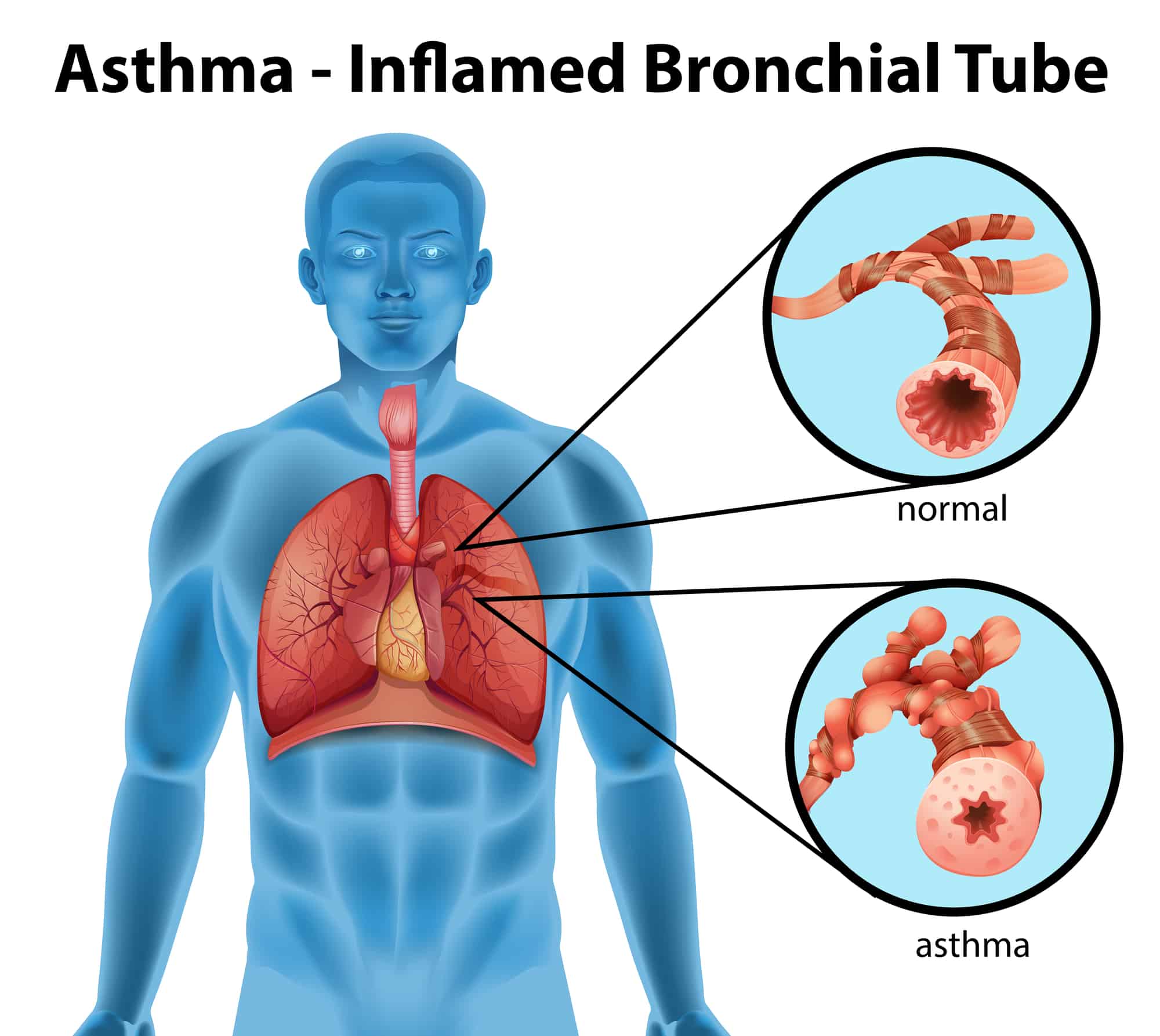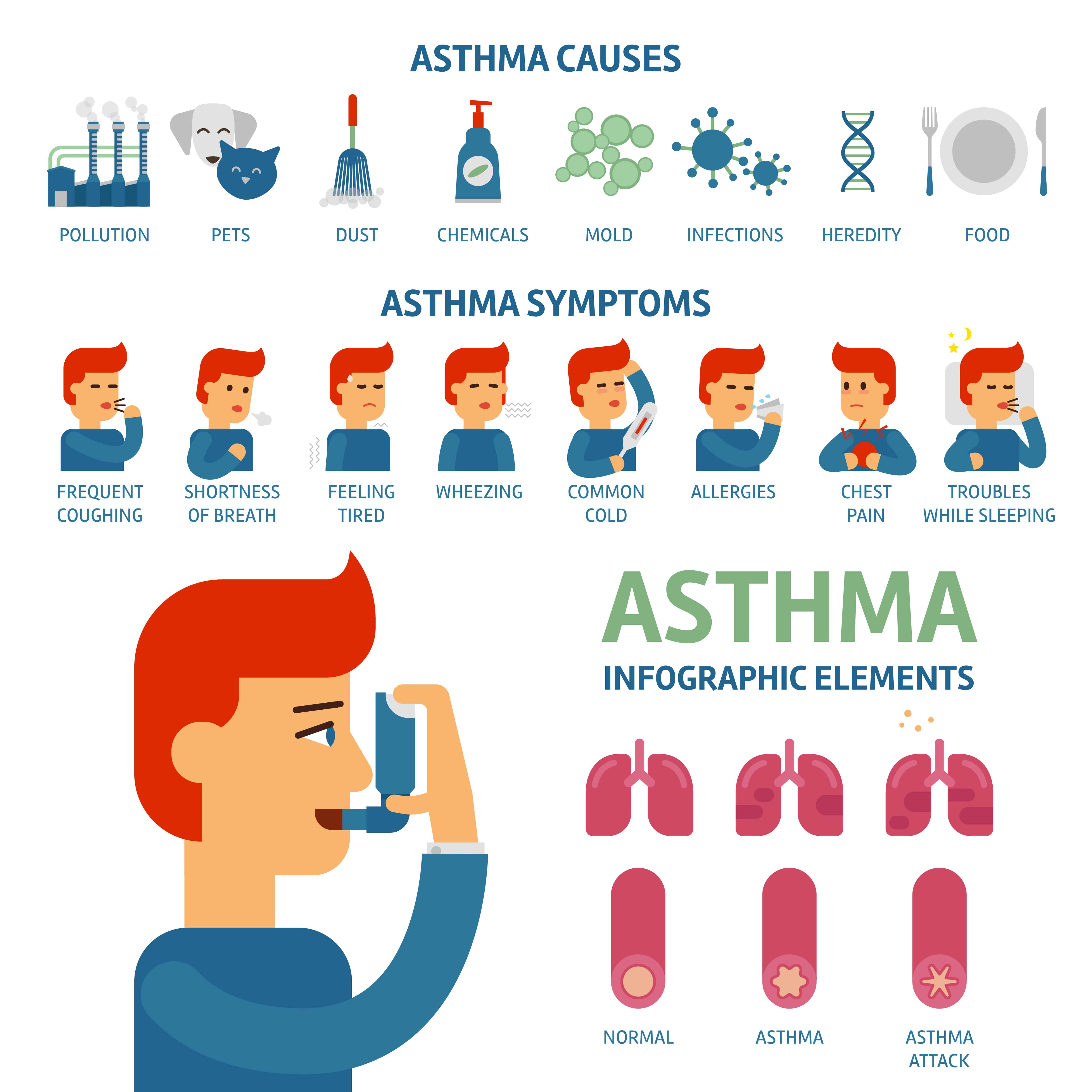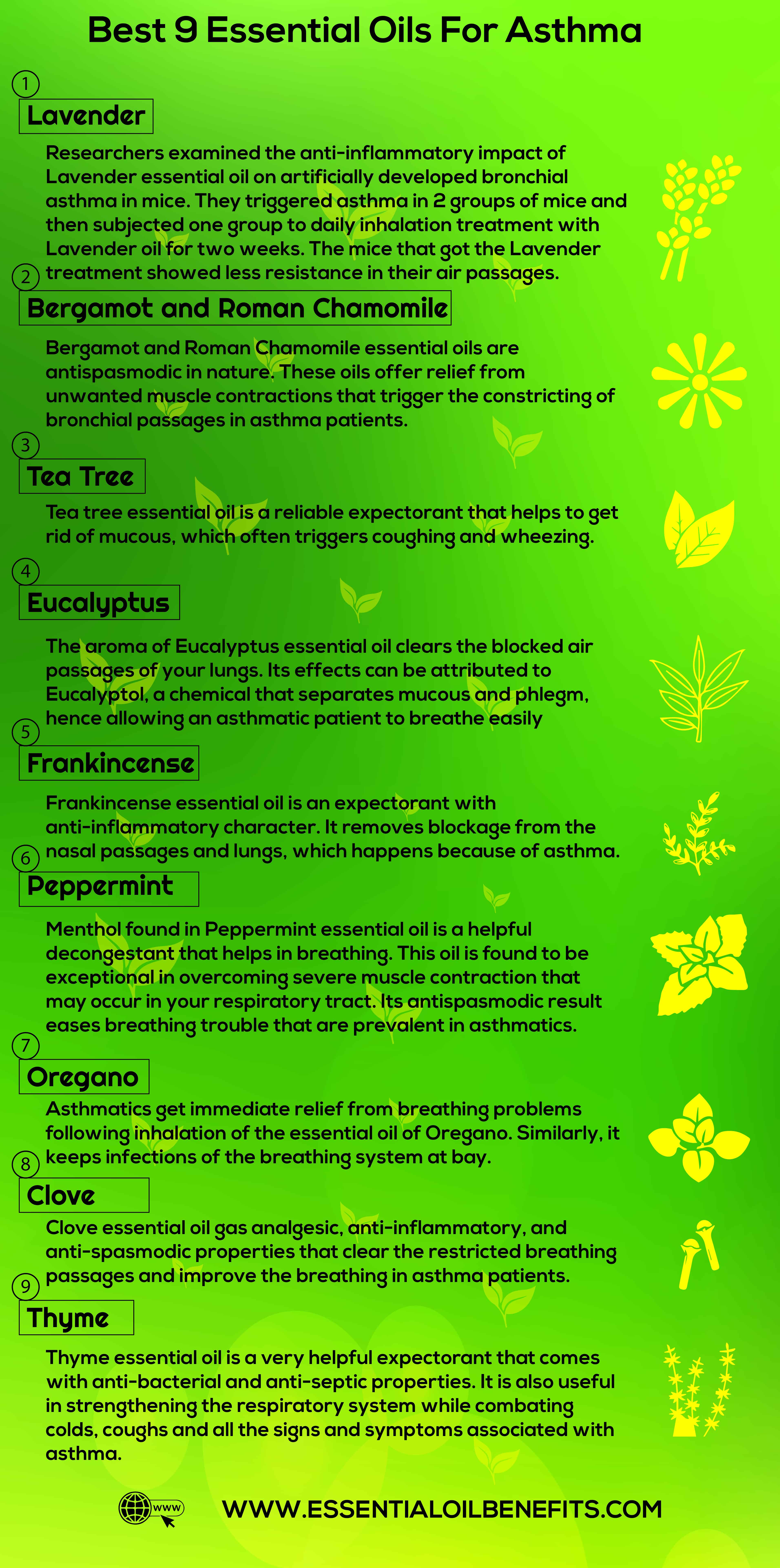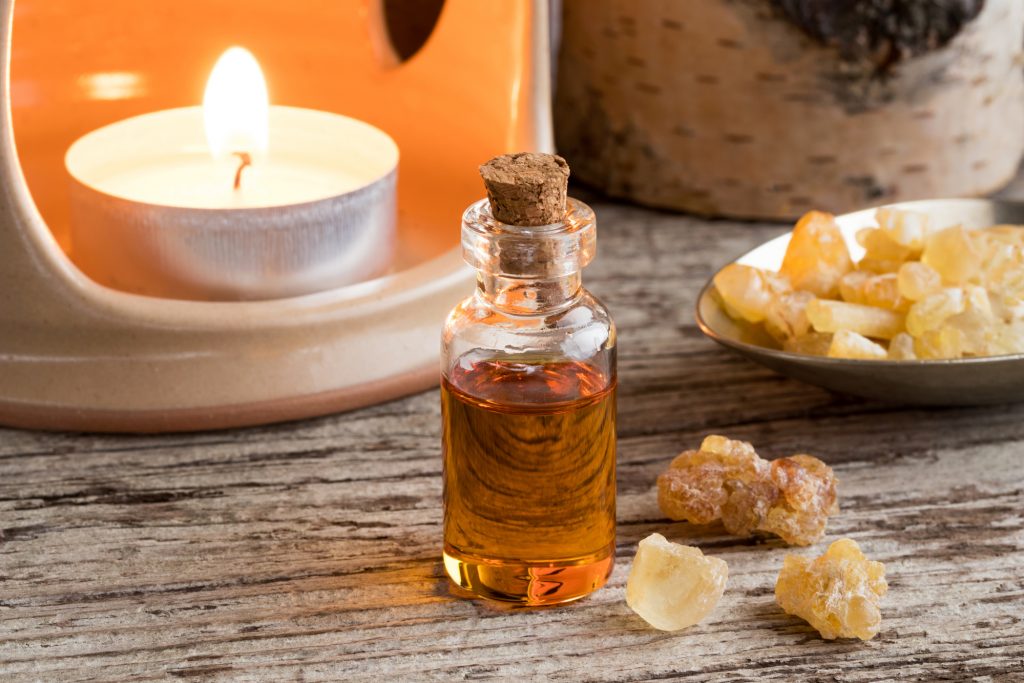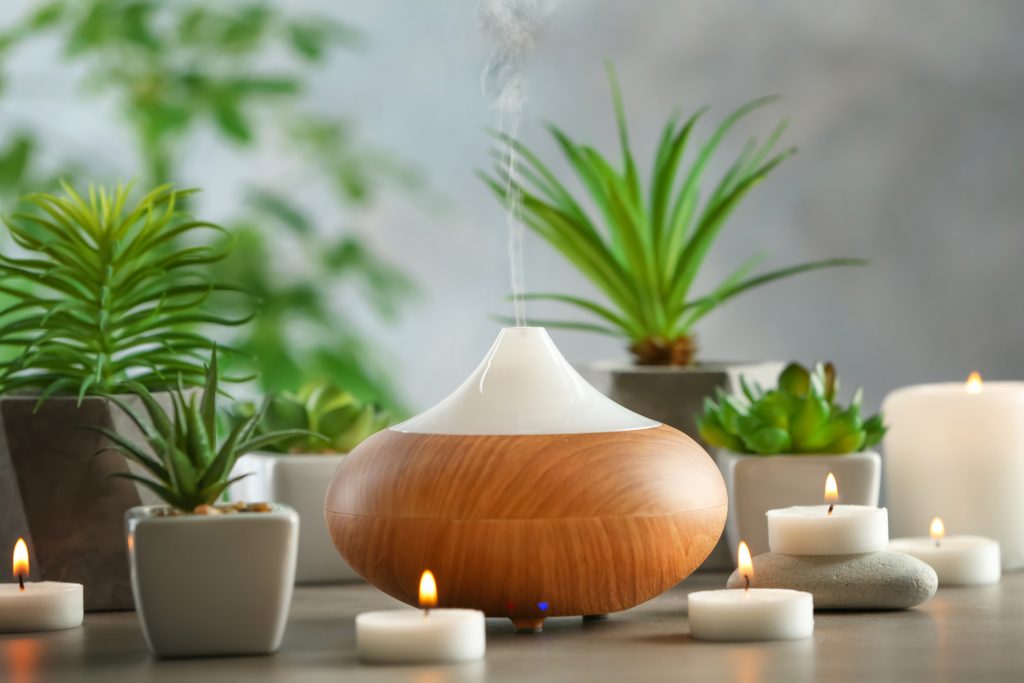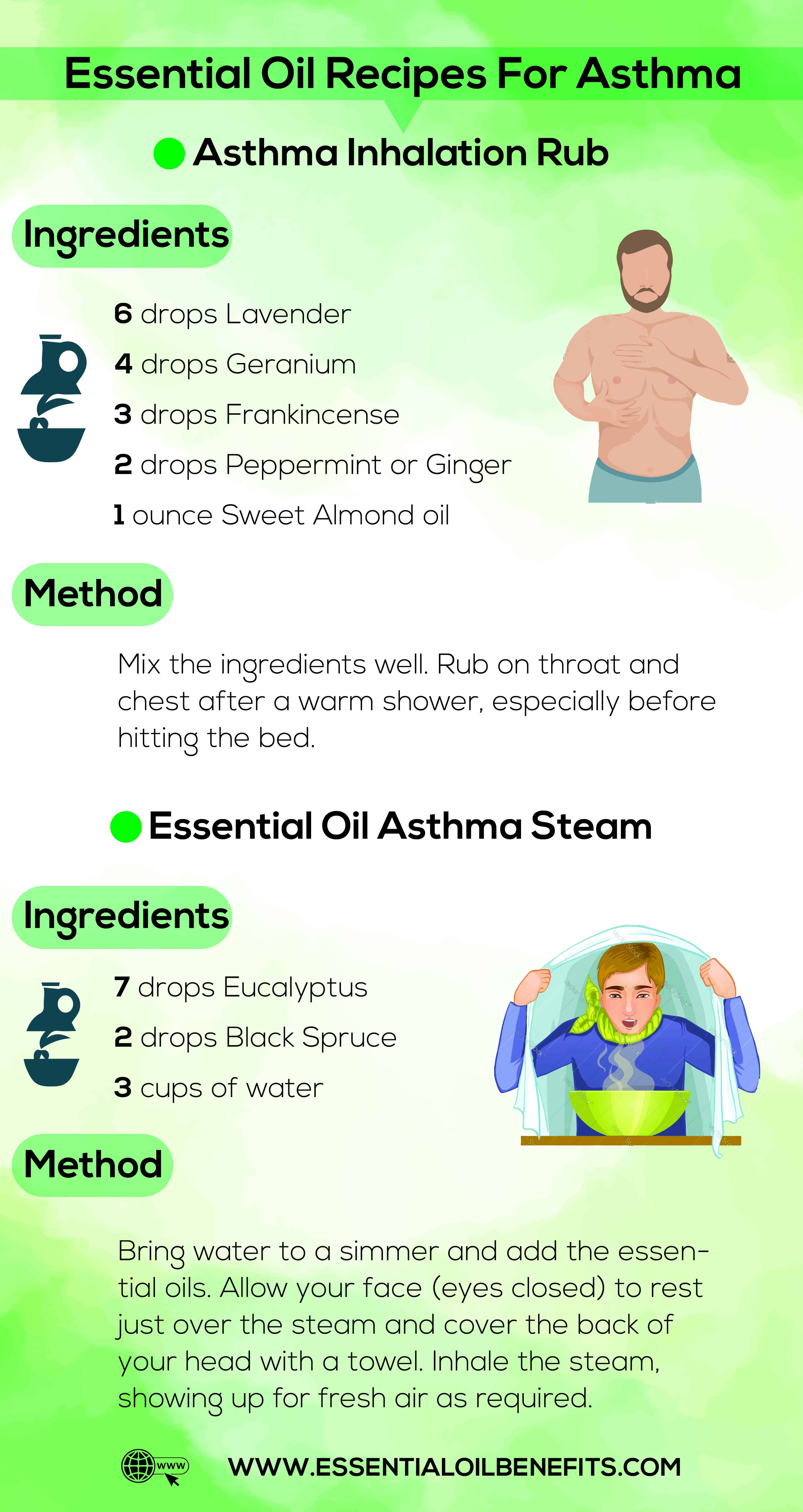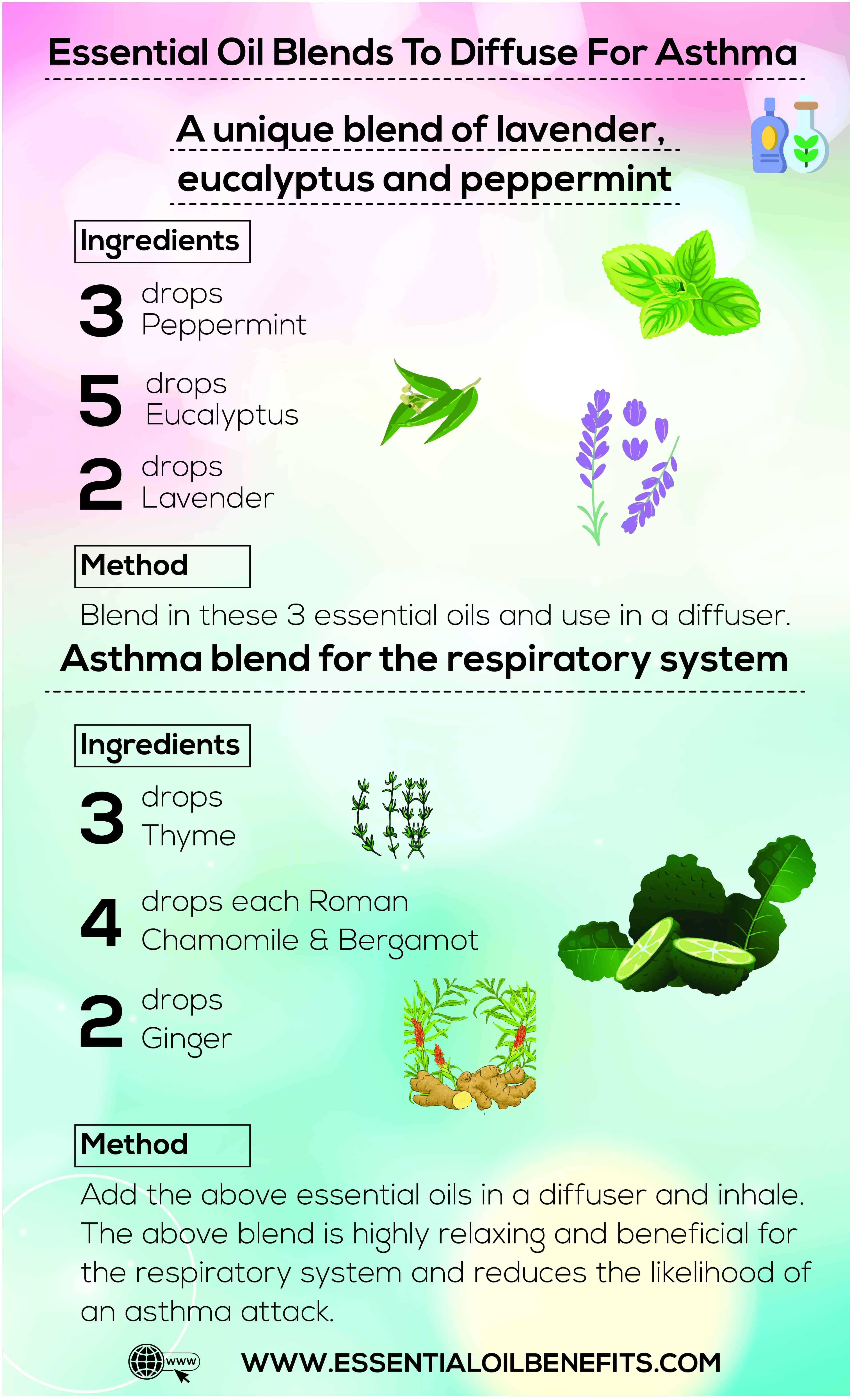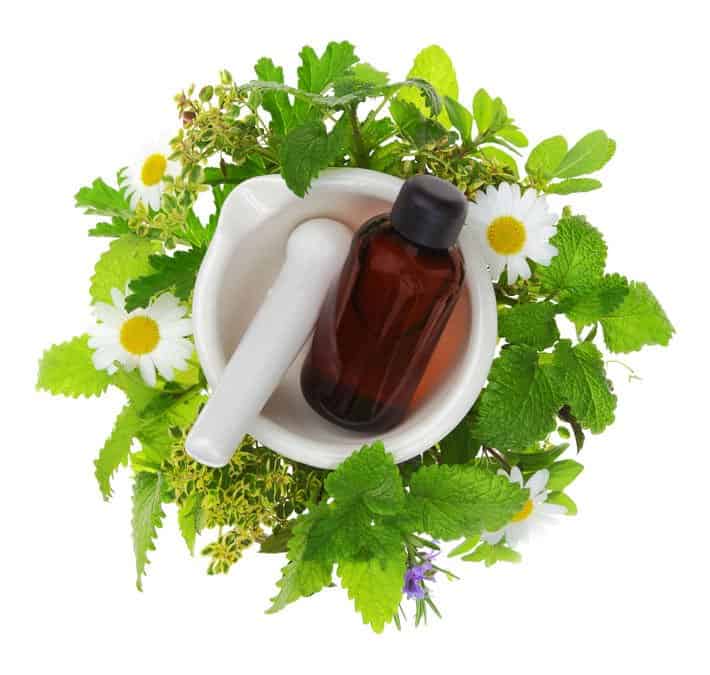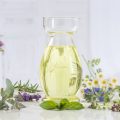Affecting over 26 million people in America alone, Asthma is the most common chronic respiratory condition which inflames and narrows the airways and makes breathing difficult. Globally, 350 million people have asthma – a number that has doubled in the last 25 years; a worrying trend indeed. But this is definitely not a new condition. Asthma was recognized even by the Ancient Egyptians. In fact, the name asthma is Greek for Panting.
Due to the effects of asthma, air passages get swollen and constricted, thus hindering the normal flow of oxygen to the lungs. In order to live a quality life and avoid several serious health issues down the line, getting your asthma treated as soon as possible is important.
What Is Asthma?
If you often hear a wheezing sound when you breathe or frequently experience chest tightness and shortness of breath all of a sudden, then you may have asthma.
Also known as reactive airway disease, asthma is a long term, inflammatory condition that affects the air passages in your lungs. The airways get inflamed and swell up producing more mucus than normal. As a result, breathing becomes more difficult which triggers wheezing, coughing, shortness of breath and other symptoms.
Typically, in a normal breathing system, air is taken in through the nose, airways, and then into both lungs proportionally. Even though there are plenty of both large and tiny air passages, all of them play a crucial role in helping deliver oxygen from the atmosphere and into your bloodstream.
However, people with asthma have swollen airways and tight respiratory muscles. What’s more, some of the major air passages are filled with mucus further inhibiting the intake of air.
The causes of asthma are thought to be a combination of both genetic and environmental factors, but we’ll look into that later on. Asthma usually starts at childhood, but there are several other types of the disease, including:
- Occupational asthma – caused by a wide range of environmental factors including regular inhalation of fumes, dust, gases, paints, among others.
- Childhood asthma – affects millions of children worldwide, plus their families. Over 7 million children in America are affected, majority of them being under the age of 5.
- Allergic asthma – People with a history of allergies are more prone to having asthma than people without.
Currently, there is no cure for asthma; but there is some good news. With proper treatment options, asthma can be controlled and the symptoms eliminated.
Symptoms Of Asthma
Asthma symptoms tend to vary from one person to the other.
For some people, asthma is just a minor nuisance that barely requires any attention.
For others, it’s a full on reactive airway disease that interferes with almost all their day to day activities and lifestyles – once triggered, this type could lead to a life-threatening attack.
However, there are some tell tale signs that help medical professionals diagnose asthma on the spot. These include:
- Chest pain and tightness
- Shortness of breath even without intense physical activity
- A wheezing or whistling sound when breathing out, especially for children
- Wheezing fits or coughing attacks that get worse when triggered
- Sputum that feels hard to produce
- Fatigue and general malaise
- Associated conditions like sleep apnea, acid reflux and rhinosinusitis are common with asthma patients
Causes And Triggers Of Asthma
Although no single cause for asthma has been identified, the respiratory condition is believed to be caused by a combination of incompletely understood and complex genetic and environmental factors. It’s these factors that influence both the severity of the condition as well as its responsiveness to treatment. The causes include:
Genetic
Of all the likely causes and risk factors, family history is believed to be the most common. In fact, as many as 100 different genes have been implicated with more continuing to be found. So chances are if there’s someone in your family with asthma, you are at risk of getting it too.
Environmental
Plenty of different environmental factors have been associated with the development of asthma. These include air pollution, allergens, and other chemicals associated with daily hazards. Low quality air and higher ozone gas levels have also been associated with the increased cases of asthma. In addition to exposure to chemicals as well as smoking puts people at risk of developing several respiratory conditions including COPD, bronchitis, pneumonia.
Hygiene Hypothesis
Here’s a theory that basically says that we have become too clean for our own good. The hypothesis attempts to explain that because modern homes have become overly clean, children are no longer exposed to certain non pathogenic bacteria, germs and viruses at a young age.
As a result, they don’t develop natural resistance on their own. Research shows that being exposed to bacterial endotoxin at an early age (childhood) could actually prevent the development of asthma. However, skipping exposure during childhood only to get it at a later age may cause several respiratory conditions such as asthma.
Why Standard Asthma Treatments Are Problematic?
If you are like me, I am sure you find no pleasure in being tied up to the use of an inhaler. Not to mention the problem of having to make use of an additional rescue inhaler whenever you come in contact with one of your asthma triggers.
In addition, conventional asthma treatment is heavier on the pockets. Therefore, if you do not have the right backup plan such as medical insurance, the expenses can be quite challenging to handle. Naturally, the cost of not treating asthma at the right time may be even higher. This is one of the main reasons why most individuals who have asthma seek out natural treatment options.
As far as asthma relief is concerned, essential oils have been proven to be highly effective and beneficial. With that said, here is how to obtain maximum relief in asthma using these potent oils.
When To Talk To Your Doctor
It’s important to remember that advanced asthma attacks could be life threatening. That’s why you need to work with your doctor if you notice any of the following:
- If you think you have asthma, it’s better to talk to a physician about it for proper diagnosis.
- For those who know they have asthma, regular checkups are necessary to monitor the treatment progress.
- See a doctor if the symptoms get worse i.e. rapid progression of wheezing and shortness of breath / overly excessive chest tightness.
- And finally, asthma changes over time for most people. Always see a doctor so you can review your treatment and make any necessary adjustments.
Treatment Options For Asthma
As I mentioned earlier, there is currently no known cure for asthma. However, the symptoms can be totally managed, improved, and even avoided in the long run with the following treatment options.
1. Lifestyle Modifications
The most recommended and effective treatment involves identifying the triggers such as dust or smoke and avoiding exposure whenever possible. Avoidance of triggers is a key component when it comes of controlling attacks. Air filtration, dust mite elimination, and using certain types of beddings can help as well. Exercise and breathing activities also benefit the airways.
2. Medications
With asthma medications, you’ve got two categories – fast acting emergency meds and long-term control medications.
Fast Acting/ Emergency Treatments
These provide quick relief to help asthma patients breathe properly again. However, they should only be used in the event of an attack. They include:
- Nebulizers and rescue inhalers that take the medicine deep into the lungs
- Anti-inflammatory meds that target the swelling in the airways blocking the airflow
- Bronchodilators that tighten the muscles in the lungs
Long Term Control Medications
These are to be taken everyday to prevent further exacerbation as well as keep the symptoms at bay. Some emergency treatments like inhalers could be used daily, but a doctor will have to adjust the dosage regularly. Medication include:
- Corticosteroids in inhaled form such as beclomethasone could be prescribed for use twice everyday
- Mast cell stabilizers like sodium cromolyn are preferred alternatives to corticosteroids
- Leukotriene receptor antagonists such as montelukast can also be used in addition to corticosteroids, but there is little evidence to support their use for acute exacerbations.
How Essential Oils Help With Asthma
Steaming or pressing plant matter to release content rich aromatic oils is nothing new. In fact the same people who described asthma thousands of years ago also discovered the medicinal uses of essential oils.
Both Egyptian and Greek civilizations had extensive knowledge of the plants around them and their essences. Knowledge which has shaped our modern understanding of essential oils and even encouraged advanced research on these medicinal values.
When it comes to asthma, various studies suggest that a wide range of essential oils could offer substantial health benefits. For instance, Eucalyptus essential oil is one of the most recommend remedies for asthma and congestion. That’s because in addition to being a potent decongestant, it also contains strong anti-inflammatory compounds that could help reduce swelling in the airways.
Peppermint also has similar benefits and decongesting properties. With its cooling, menthol scent, peppermint oil is usually used to clear phlegm from the lungs and open up the bronchial passages.
Other essential oils such as Ginger have also contributed a lot towards treating respiratory ailments. Since it inhibits the contraction of airways, Ginger oil is often used as a natural remedy for coughs, bronchitis, and asthma.
Thyme essential oil also possesses antiseptic properties that could help people struggling with more than one form of respiratory ailment. But perhaps the most sweet-scented oil is what you need to avoid asthma triggers. Using a calming oil such as lavender combined with some deep breathing could help keep triggers like anxiety and stress at bay.
What Are The 9 Best Essential Oils To Use For Asthma Relief
1. Lavender’s anti-inflammatory impact on asthma
In a research study released in June of 2014, scientists reported on the anti-inflammatory effects of lavender essential oil on patients suffering from asthma.
Bronchial asthma is characterized by bronchial allergic swelling, which minimizes the ability of the air passages to move air into and out from the lungs. Researchers examined the anti-inflammatory impact of essential oil of lavender on artificially developed bronchial asthma in mice.
They triggered asthma in 2 groups of mice and then subjected one group to daily inhalation treatment with lavender oil for two weeks. The mice that was subjected to the lavender treatment showed less resistance in the air passage. When compared with the other group, they had less eosinophil cells in the fluids and the tissues of their lungs.
2. Bergamot and Roman Chamomile Synergistic Effect
Bergamot and roman chamomile essential oils are antispasmodic in nature. These oils offer relief from unwanted muscle contractions that trigger the constriction of bronchial passages in asthma patients. Their sedative nature helps in reducing the stress that accompanies an asthma attack.
When blended together, these two essential oils work synergistically. You can mix a couple of drops of each diluted in a tablespoon of carrier oil and rub the blend on your back and chest for relief in cases of mild to extreme episodes of asthma.
3. Tea Tree
Tea Tree essential oil has anti-microbial, anti-inflammatory properties and is a reliable expectorant that helps to get rid of mucous, which often triggers coughing and wheezing.
Dip a clean face cloth in warm water and wring it to get rid of excess water. Pour a couple of drops of tea tree oil on the warm, wet face cloth. Breathe through it until the cloth is cool. Repeat the procedure 2-3 times in a day for substantial relief in asthma.
4. Eucalyptus
Eucalyptus essential oil has antibacterial, antifungal and antiviral properties and is traditionally used to treat respiratory tract disorders such as pharyngitis, bronchitis, and sinus congestion.
The intense aroma of eucalyptus oil helps to clear the blocked air passages of your lungs. The effects of eucalyptus oil can be attributed to 1,8-cineole and eucalyptol, a chemical that separates mucous and phlegm, hence allowing an asthmatic patient to breathe easily.
Add a couple of drops of eucalyptus oil to warm water kept in a small water pot or a steam inhaler. Carefully lean over and breathe the steam. This will expand the restricted air passages, offering you relief from lung spasms.
How To Use Eucalyptus Essential Oil For Asthma Relief
When it comes to using eucalyptus oil for asthma, there’s no better way to do it than by diffusing it. Once inhaled, the essential oil enriched air will work by breaking up excessive mucus, calming the inflamed airways and restoring proper breathing function.
If you have a diffuser, just pop in about 4 drops of Eucalyptus oil and diffuse through the night. But if you don’t, here’s a steam bath recipe.
What you need
- Hot Water
- 6 drops Eucalyptus oil
- Shallow bowl
- Towel
Directions
Fill the bowl with hot water and stir it while adding the Eucalyptus. Continue stirring until they dissolve and then lean over. Careful not to get too close or burn yourself, drape the towel over your head and cover the bowl so the steam comes directly to you. Inhale deeply for about 4-5 minutes while taking a break at intervals for fresh air. This is the quickest way to open up inflamed, clogged, and asthmatic airways.
5. Frankincense
Frankincense essential oil is an expectorant with anti-inflammatory properties. It removes blockage from the nasal passages and lungs, which happens because of asthma. A 2016 study confirmed the positive effect essential oils such as Frankincense has on patients with perennial allergic rhinitis.
Frankincense oil is also an exceptional nervine that fights stress, anxiety and depression. You can use a diffuser to waft the scent of frankincense into the air. You can equally massage the oil as a chest rub to ease blockage.
6. Peppermint
Menthol found in Peppermint essential oil is a helpful decongestant that helps in breathing. This oil is found to be exceptional in overcoming bronchial muscle contraction that may occur in your respiratory tract.
Its antispasmodic effect eases breathing troubles that are prevalent in asthmatics. The vapors of peppermint oil generally clears a stuffy nose within minutes. It also reduces wheezing and coughing problems. All you need to do is put a couple of drops of the oil on a cotton pad and breathe in the vapors for around 5 minutes.
7. Oregano
The essential oil of oregano has antimicrobial, antiviral and antifungal properties. Asthmatics get immediate relief from breathing problems after inhalation of oregano essential oil. Similarly, it keeps upper respiratory tract infections of the breathing system at bay.
To breathe in its vapors, prepare a mist spray in a glass atomizer bottle, blending 25 drops of oregano oil with 4 oz. of water. Spray in each room as needed.
8. Clove
Due to its high eugenol content, clove oil has excellent antifungal properties. What’s more is that it is an effective option for asthma patients. It has analgesic, anti-inflammatory, and anti-spasmodic properties that clear and improve the restricted breathing passages.
In order to use the essential oil of clove, simply diffuse it in a diffuser or vaporizer for approximately 45-60 minutes. You can also use it as a chest rub; however, make sure you dilute it in a carrier oil such as sweet almond oil before applying it topically to prevent skin irritation.
9. Thyme
Fact: Did you know that thyme oil is one of the best essential oils to deal with dysmenorrhea (painful periods, menstrual cramps).
Thyme essential oil is a very helpful expectorant that comes with anti-bacterial, anti-septic properties. and is excellent at strengthening the respiratory system.
In addition, it combats colds, coughs, and all the signs and symptoms connected with asthma. I often prepare massage oil by combining thyme and bergamot essential oils with jojoba as carrier. This massage oil can be applied on the chest. You can also use thyme essential oil in steam or vapor treatment to facilitate breathing and reduce the problems of breathlessness.
How To Use Essential Oils For Asthma
1. Topical Application
Essential oils can be applied topically to the skin and still offer full medicinal benefits. That’s because these ethereal oils work their way deep into the skin and continue healing. Some oils like peppermint can be applied topically to the chest, temples, back of the neck and soles of the feet. And remember to always dilute the essential oil in a carrier oil prior to use.
Essential Oils are very potent and could pose an irritation risk to the skin. That’s why they need to be diluted with oils such as jojoba, sweet almond or coconut oil before application. As a rule of thumb, always stick to about an ounce of carrier oil for every 15-20 drops of essential oil.
2. Aromatherapy and Inhalation
Like most of the medical treatments for asthma, essential oils can also be delivered by way of inhalation. Research has already shown that aromatherapy has plenty of benefits such as improving the physical, spiritual, and emotional well-being.
You can use diffusers to get the oils airborne and into your system. Or you could go for simple dry evaporation where you add a few drops of essential oil to a tissue and release it in the air. Below is a quick recipe for both mild and advanced cases of asthma.
Best Essential Oil Recipes For Relief In Asthma
Prior to using essential oils for the treatment of asthma, I would recommend that you do a sniff test first. Just sniff the essential oil you plan to use to see if you get an allergic response to it. With that said, here are some of the best essential oil recipes that have been proven effective in cases of asthma.
1. Asthma Inhalation Rub
Ingredients
- 6 drops Lavender
- 4 drops Geranium
- 3 drops Frankincense
- 2 drops Peppermint or Ginger
- 1 ounce Sweet Almond oil
Method
Mix the ingredients well. Rub on throat and chest after a warm shower, especially before hitting the bed.
2. Essential Oil Asthma Steam Bath
Ingredients
- 7 drops Eucalyptus
- 2 drops Black Spruce
- 3 cups of water
Method
Bring water to a simmer and add the essential oils. Allow your face (eyes closed) to rest just over the steam and cover the back of your head with a towel. Inhale the steam, showing up for fresh air as required.
Fresh or dried eucalyptus leaves can be put in the water instead of the oil. You can also try this steam treatment with a lavender / peppermint combo instead.
3. Air Treatment Using essential Oils
Making use of essential oils in an ultrasonic diffuser can bring down the incidents of asthma attacks.
Ultrasonic diffusers are useful for two reasons:
- They eliminate dust, irritants, germs, and other pollutants from the air that are prone to cause asthma attacks.
- They mix essential oils properly without the use of heat, thus putting them into the air in a consistency that you can easily beathe in.
Few of the essential oils that work best in the air treatment include Tea Tree, Ginger, Sandalwood, Clary Sage, Geranium, Rose, Lavender, Peppermint, Rosemary, Eucalyptus, Cypress, Niaouli, Marjoram, Frankincense and Roman Chamomile.
Essential oil blends available in the market for air therapy are equally good choices to go with. It is worth nothing that eucalyptus essential oil should not be used during the time of attack. Instead, you can use lavender in a diffuser even during the attack as it helps in relaxing the spasms in the lungs. This might stop the attack right in its tracks or lower its extent. In addition, lavender eases the mind, helping to alleviate the panic when you feel you cannot hold your breath.
4. A unique blend of lavender, eucalyptus and peppermint
While promoting a peaceful sleep, lavender has the potential to clear your respiratory tract. When mixed with these two other essential oils, it might help reduce asthma attacks. Here is how to use lavender for best possible relief in asthma:
Ingredients
- 3 drops Peppermint
- 5 drops Eucalyptus
- 2 drops Lavender
Method
Mix these 3 essential oils and use the blend in a diffuser. Due to its ability to relax the nerves, I often use lavender to alleviate coughs and to facilitate breathing during the cold and flu season. While being popular as an ingredient in most essential oil blends used in inhalers and vaporizers, lavender diluted in a carrier oil can also be rubbed on the chest.
5. Asthma blend for the respiratory system
Ingredients
- 3 drops Thyme
- 4 drops each Roman Chamomile & Bergamot
- 2 drops Ginger
Method
Add the above essential oils in a diffuser and inhale. The above blend is highly relaxing and beneficial for the respiratory system and reduces the likelihood of an asthma attack.
How To Use
It is recommended that you inhale this mix immediately at the onset of an attack prior to using your puffer. Most times, the relief will be so substantial that you will not need to use the inhaler. Here are few different ways to use this blend for best possible relief:
- Mix all the essential oils and use in a diffuser.
- Increase the quantity of essential oils proportionately and add the blend into an odorless roll-on that you can carry around and use as needed.
- Put 3 drops of this mix on a cotton ball and breathe in when required.
Most of the essential oils used in these recipes have decongestive and antihistamine abilities. Peppermint, ginger and roman chamomile are known to suppress the release of histamine.
Bergamot, eucalyptus and frankincense promote deep breathing and allow the normal expansion of lungs. In order to fight bronchial spasms, you can always use the following relaxants: sweet marjoram, geranium, rose, lavender and chamomile.
Few Precautions To Follow When Using Essential Oils
1. Always use a carrier oil
Essential oils must never be used in concentrated form (neat) over the skin. When used undiluted, they can trigger skin rashes. Mix 4-5 drops of essential oil in 1 tablespoon of carrier oil like avocado, almond, coconut or olive oil, or any other mild and skin-friendly oil. Make sure to mix essential oils with carrier oils immediately before using them to avoid rancidity.
2. When using them on children, always keep these oils away from the air passages of their body
Always keep essential oils distant from the air passages (nose and mouth). When trying them on infants, use them on their feet. This is an excellent concept, due to the fact that it offers a good gap in between the air passages and the source of the essential oil. However, ensure that your infant does not then put his feet in his mouth. In addition, make sure that you use a higher dilution rate for infants and babies.
3. Do not use vaporizers in houses where people with breathing problems live
Do not use vaporizers in the house where a child or adult with a breathing problem lives. Many essential oils will irritate a weak breathing system. I have seen multiple instances of children finding it difficult to breathe due to the effects of essential oils being used by others of the family.
4. Never allow a child to ingest the essential oil
You should never let a child handle nor should they ingest any essential oils. It is worth noting that one single drop of essential oil amounts multiple cups of medicinal tea, or as much as 10 teaspoons of tincture. However, products that have the right combination of essential oils, carrier oils and other herbs are considered safe.
5. Stay away from essential oils if you are pregnant
If you are pregnant, it is of utmost importance that you consult your doctor prior to using essential oils.
Other Natural Treatments For Asthma
When diagnosed with long term or chronic illnesses like asthma, many people turn to natural remedies and treatments. They do so hoping that the natural treatments will offer relief without the nasty side effects that come with medications.
So while there are numerous natural treatments for asthma, I only chose a few because there is very limited research on both the effectiveness and safety of these remedies.
1. Breathing Exercises
Including Buteyko and Yoga, breathing exercises have been shown to help control the symptoms of asthma. A recent study showed that people who participated in yoga and other exercises actually have an over 50% reduction in the usage of rescue inhalers and had better overall control compared to those who didn’t. These breathing strategies not only help people breathe easier, but also relax and avoid numerous asthma triggers.
2. Salt Therapy
When it comes to alternative asthma remedies, salt therapy might just be the most interesting. It all began back in the early 18th century when people noticed that salt mine workers didn’t seem to develop any respiratory ailments.
This started a trend where people with lung diseases would breathe the air inside salt caves for relief. Some people claim the therapy works while others say they are yet to reap the benefits. You can make use of this natural remedy by getting salt lamps of using salt inhalers in what is known as halotherapy.
3. Steam Baths
Warm steam baths have often been used to help ease colds and nasal congestion. That’s because the heat breaks down the mucus and phlegm and also helps calm down irritation and swelling in the airways. This causes easier breathing as well as preventing attacks and symptoms associated with asthma. So even though there are no studies to establish the benefits of steam baths towards treating asthma, there are definitely valid reasons for alleviating the symptoms with steam.
4. Herbs and Natural Supplements
There is plenty of widespread evidence that certain foods, herbs, drinks and natural supplements could actually help alleviate and prevent symptoms of asthma. These include anything with magnesium, caffeine, Vitamins D, C, A and E, beta carotene, omega 3 fatty acids among others.
These are thought to improve both the symptoms of asthma as well as offer more allergy control. A number of herbs have also been pointed out as extremely beneficial for asthma patients including garlic, licorice root, ginger, echinacea, turmeric, among others. But although most of these natural treatments are well tolerated and thought of as safe, the long term effects remain yet unknown.
Recommended Product
Do you enjoy the breathing struggle? The answer to that would be a big resounding NO! Seasonal discomfort, tight chest, congestion, etc. No worries…the solution is L’orpur Lungs & Bronchial Relief Spray, a unique respiratory support remedy exclusively formulated to provide respiratory support. Click here to read more about the natural spray.
The Final Word
Asthma has been with people since time immemorial. The ancient Egyptians incorporated as many as 36 components including essential oils into a medication called Kyphi, which was taken as a drink and burned as an incense. It was a type of aromatherapy used in those times for easing the shortness of breath, which we now know as asthma…

